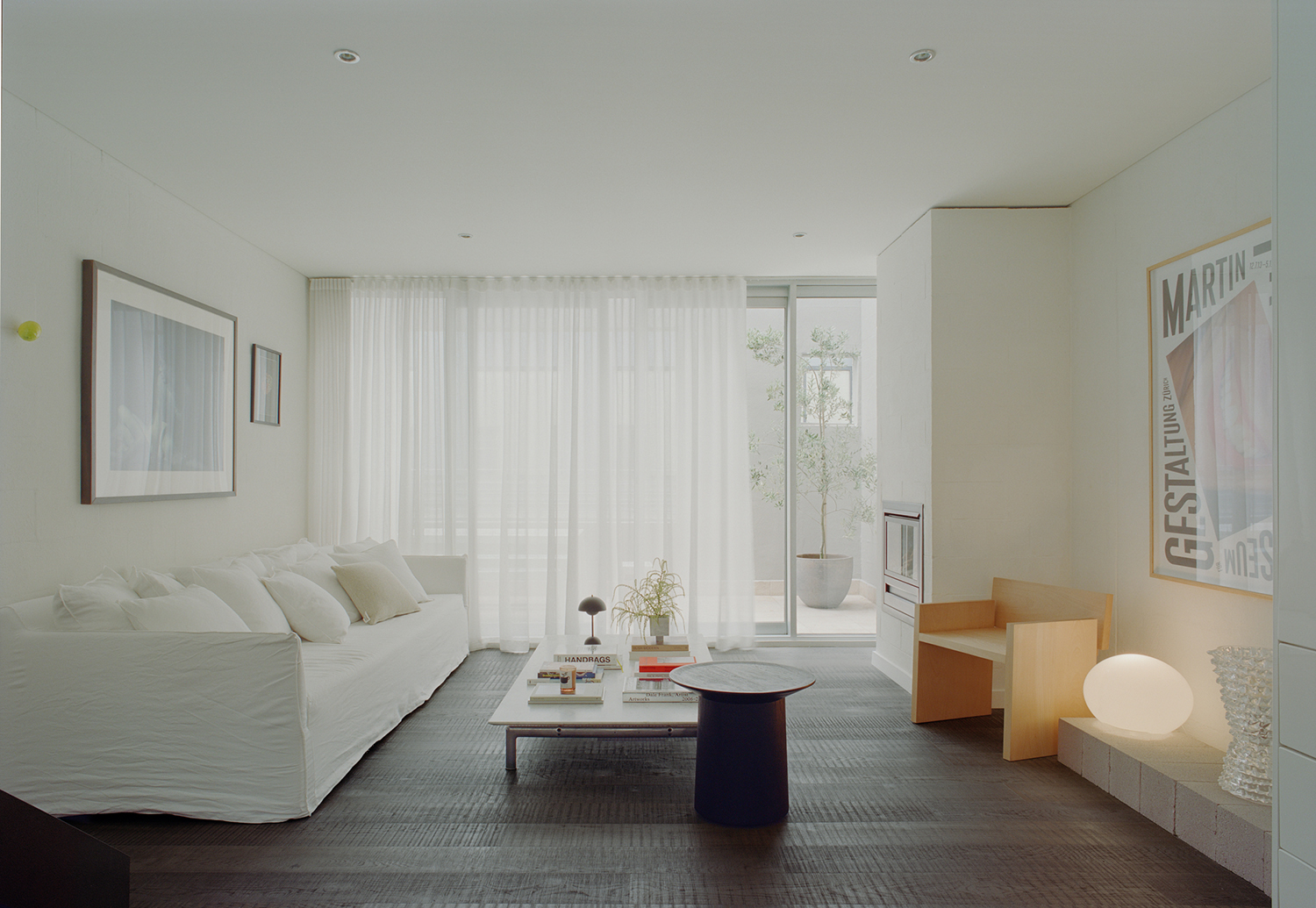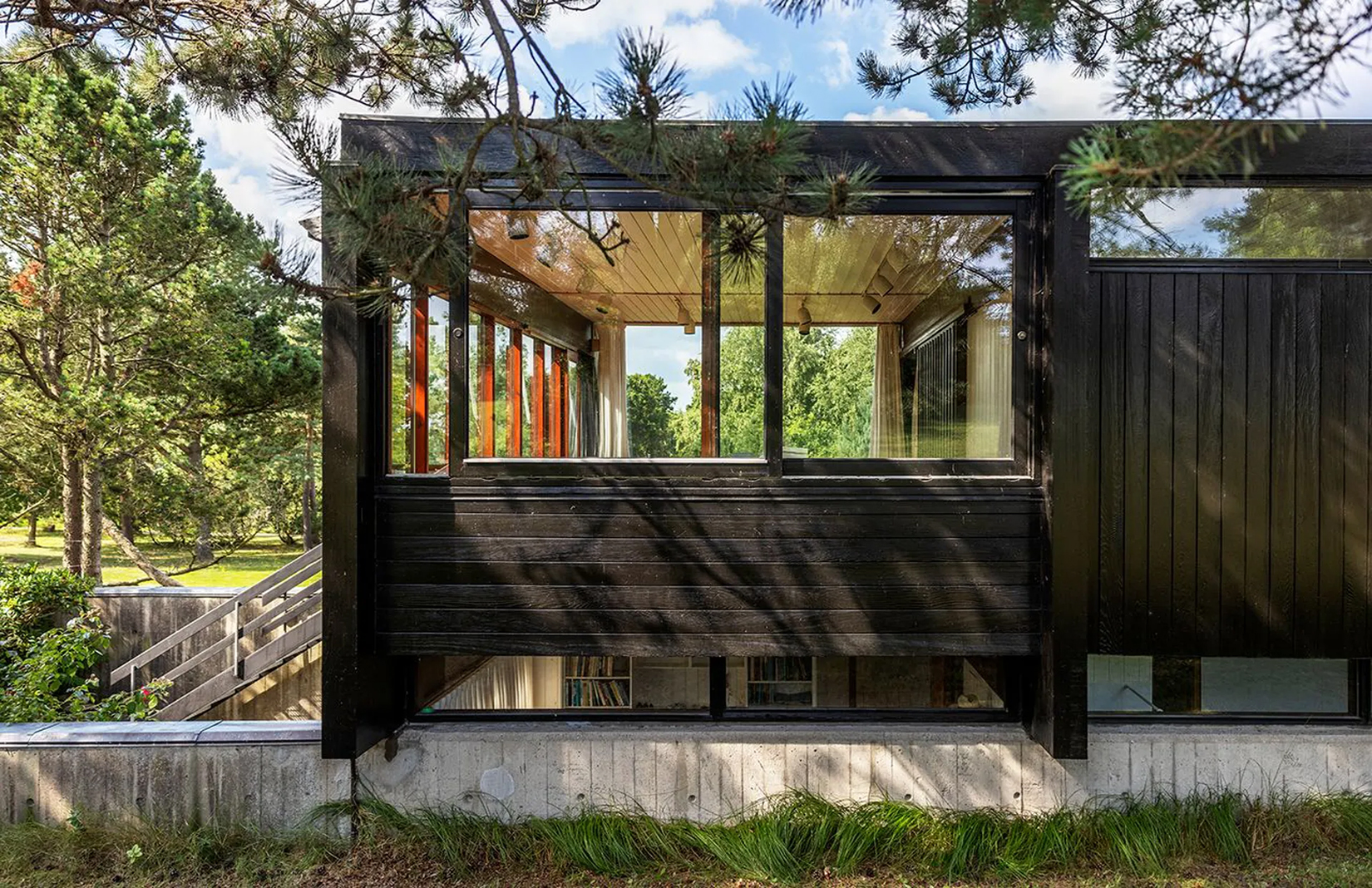It was with heavy hearts we learned of Lord Richard Rogers’ passing this weekend, aged 88. The titan of architecture masterminded some of Europe’s most iconic postwar buildings during his half-century career, blazing a trail with his experimental ‘inside out’ high-tech industrial buildings.
The founding partner of Rogers Stirk Harbour + Partners, Lord Rogers was awarded the Pritzker Prize in 2007 , the RIBA Gold Medal in 1985, and won a cache of prizes and commissions across the globe, raising the profile of British design in the process.
Moreover, Rogers embraced the social influence of the architect. His practice boycott works related to the military, prison system and arms manufacturing, telling Dezeen: ‘[Architects] have a responsibility to society. And that gives us a role as architects that is more than just answering the client but also to answer the passerby and society as a whole.’
In no particular order, here are five of his seminal designs.
Wimbledon House, London (1967)

Rogers designed the experimental Wimbledon House for his parents in 1967 in collaboration with his then-wife, Su Rogers. The Grade II*-listed home expands across a single storey and set a high bar for residential prefabricated design, with careful details that future-proofed it against (or with) ageing. The modular steel-framed structure has a glazed façade and moveable partitions that allow many different configurations.
‘It’s a series of portals,’ said Rogers. ‘The brief was flexibility. We wanted a house that could be adaptable to the changing needs of the family.’
In 2015 Lord Richard and Lady Ruth Rogers gifted the Wimbledon House to Harvard GSD for use as a residence and to provide a unique research opportunity for scholars. The residency concluded in 2020.
The Millennium Dome, London (1999)

Completed in 1999, The Millennium Dome was originally built on the Greenwich Peninsula to house a huge exhibition celebrating the new millennium, open from 1 January to 31 December 2000, and drawing 6 million visitors to this pocket of London. One of the largest domes of its type in the world, it looks like a giant big-top tent and riffs on the Dome of Discovery, built for the Festival of Britain in 1951 – the last such exhibition of this scale in the UK.
The Dome was something of a political pawn – a fact that came to overshadow its engineering achievements. However, it’s one of the most recognisable additions to the London landscape in recent history and hides many innovations. Engineered by Buro Happold with Rogers, its roof is said to weigh less than the air contained within the building and uses an experimental PTFE glass fibre skin. After the exhibition itself, the structure was preserved and is now known as the 02 Arena.
Maggie’s Centre, Hammersmith, London (2008)

Rogers Stirk Harbour + Partners’ design for Maggie’s Centre, a cancer care centre in Hammersmith, west London, scooped the practice its second RIBA Sterling Prize for best building. Completed in 2008, it is a respite for terminally ill cancer sufferers and is conceived as a two-storey pavilion with a bold roof canopy that hovers above the walls like a giant protective sail. Beneath are internal courtyards, gardens, terraces and spaces for contemplation and peaceful being. The centre’s homely, informal design is the antithesis of medicalised institutions, instead pioneering a humanistic, person-centric approach to design.
The Centre Pompidou, Paris (1977)

Arguably Rogers’ best-known design, conceived with fellow ‘starchitect’ Renzo Piano, it’s hard to imagine the Centre Pompidou as anything but beloved. However, at the time of its construction, the building drew praise and derision in equal measures for its unorthodox, ‘inside out’ design, which places mechanical services pipes and structural components on the outside of the building. Clearly visible, this glimpse of the mechanics of architecture reveals not only the skeleton and nervous system of the building, it leaves the interior open and flexible.
Fast forward almost half a century, and the Centre Pompidou is among Paris’ most visited and high profile buildings. It also catapulted the high-tech movement into the public spotlight, helping reframe the conversation around how space can and should function.
The Lloyd’s Building, London (1986)

An emblem of London’s revival in the 1980s, Lloyd’s Building was constructed as the headquarters of the bank and insurance firm and looks every bit as futuristic today as when it was inaugurated 35 years ago. The 14-storey office building features a central atrium and exoskeleton of metal-clad mechanical services.























